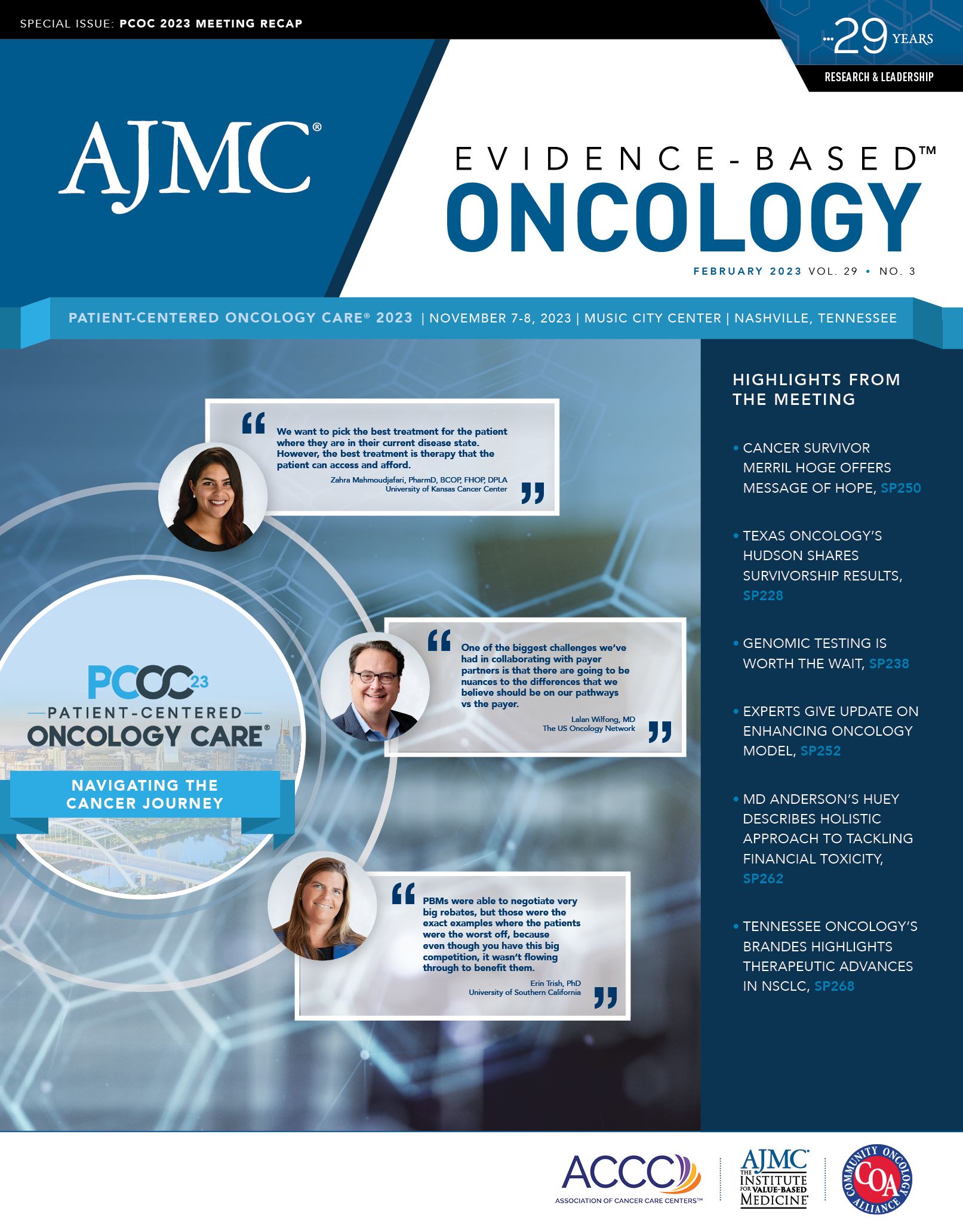- Center on Health Equity & Access
- Clinical
- Health Care Cost
- Health Care Delivery
- Insurance
- Policy
- Technology
- Value-Based Care
Panelists Explore the Role of Oncology Clinical Pathways in a Changing Landscape
Coverage from the panel discussion, "Can Clinical Pathways Have Burnout, Too?" at Patient-Centered Oncology Care 2023.
While clinical pathways in oncology were initially integrated to guide evidence-based, consistent care and responsible use of health care resources from the payer perspective, the ever-changing oncology treatment armamentarium and nuances of treating patients with cancer have made adhering to pathways a pain point for some.
At Patient-Centered Oncology Care 2023, a panel discussion centered on burnout within clinical pathways shifted to an examination of how pathways are developed and integrated as well as their value in a space that has seen substantial innovation and continues to evolve at a quickening pace.
Arrowsmith

The panel, which was moderated by Edward R. “Ted” Arrowsmith, MD, MPH, medical director for pathways, OneOncology, included the following members:
- Meera Atkins, MD, board-certified gynecologist and vice president of medical management at Blue Cross of Minnesota
- Kirollos S. Hanna, PharmD, BCPS, BCOP, FACCC, director of pharmacy at Minnesota Oncology
- David M. Jackman, MD, thoracic oncologist and medical director for clinical pathways at Dana-Farber Cancer Institute
- Lucy Langer, MD, MSHS, national medical director of oncology and genomics for UnitedHealthcare and medical oncologist at Rose Quarter Cancer Center at Compass Oncology
- Lalan Wilfong, MD, medical oncologist at Texas Oncology and senior vice president of payer and care transformation at The US Oncology Network.
Hanna
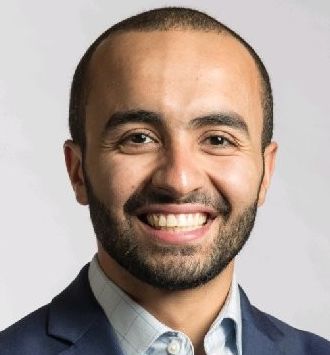
“Seeing how pathways are integrated within the system is really interesting. There’s a lot of heterogeneity across the board, and how we leverage pathways and where we get our information from and who deals with pathways is really interesting,” Hanna said at the start of the session. Although the aim of pathways is to keep care consistent with recommendations and guidelines, there is variation among the pathways implemented by different entities.
The panel of experts began by speculating on global barriers to clinical pathway integration, with Hanna and Arrowsmith highlighting a Journal of the American Medical Association study that found that only 64% of a 17,293-patient cohort received care that would be considered in line with payer-led oncology clinical pathways. Jackman described the findings as surprising, given that first-line treatment is typically agreed upon and has substantial evidence to support it.1
Jackman
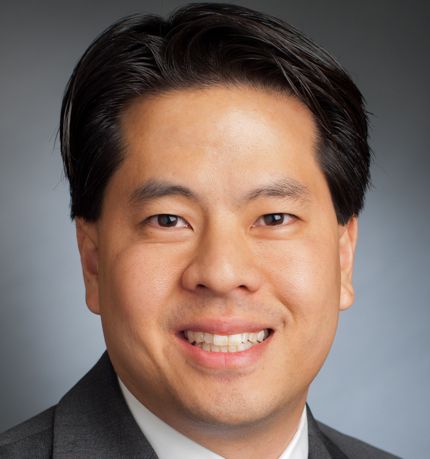
“I know at my institution, where the burnout isn’t, ‘I’m sick of using pathways,’—it’s that our physicians won’t tolerate having to use a different pathway for each different payer, so they just don’t do it,” Jackman said. “The people who are actually interacting with payer pathways are the authorization team on the back end, not the physician at the point of care, so doctors don’t even necessarily know whether what they’re choosing is on a given pathway for a payer or not.”
Langer
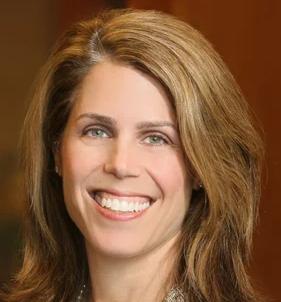
Langer noted that in the study, high utilizers of medical interventions were more likely to be off pathways in the study, which raises the question of what motivates the use of pathway or off-pathway care. But this also raises the question of why pathways differ if payers and institutions all aim to create pathways based on the latest available guidelines and evidence.
“I also think the cycle of the review of pathways is important because there are times where you’ll see more off pathways because there are early adopters in the system or there’s some practice-changing evidence that just hasn’t made its way through the committees that update the pathways or update them in the EMR [electronic medical record],” Langer said.
Atkins explained that the relationship between Blue Cross of Minnesota and Minnesota Oncology is collaborative, with the onus falling on the practice to set the pathways.
Atkins

“We don’t want to decrease access to care because, as you all know, once you have that diagnosis, you want to get treatment fairly quickly,” Atkins said. The collaboration comes with a risk agreement, she explained. “It gives the trust on both sides, in order to have Minnesota Oncology feel very comfortable with what they’re doing in the pathways that they’re using and made us feel comfortable that we were getting the value because of the risk arrangement.”
Pathways have been around for decades, but as new clinical trial and real-world data come out, keeping track of what should or should not be integrated into pathways remains a challenge. Some data are higher quality than others and some margins of benefit are more substantial than others.
For the 45 medical oncology pathways at Dana-Farber Cancer Institute, physicians and pharmacists from member institutions come together for review meetings 2 to 4 times per year to discuss the pathways. The medical directors create slides featuring the latest data on efficacy, toxicity, and regulatory factors to loop in all participants. They also accept requests for agenda items from pharmaceutical companies with significant data, although those companies do not participate in meetings.
Wilfong
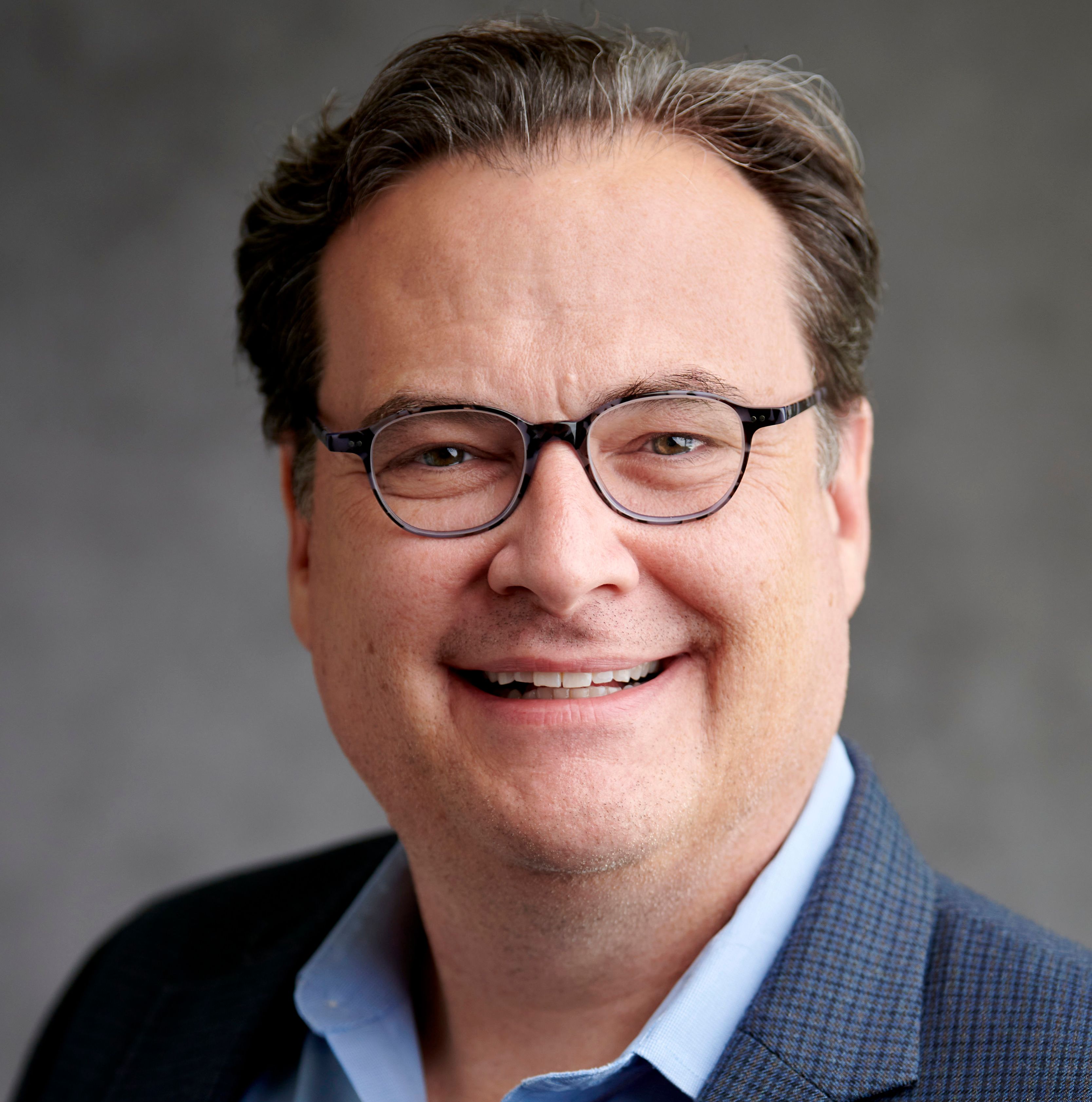
Wilfong added that with US Oncology, committee meetings on pathways can get lively and decisions on what ends up in pathways can be very difficult.
“There’s not a black-and-white answer in the United States. We don’t have a cost-effectiveness threshold, and it’s very subjective. One of the biggest challenges we’ve had in collaborating with payer partners is that there are going to be nuances to the differences that we believe should be on our pathways vs the payer,” Wilfong said. Coming to full agreement with payers therefore remains a challenge.
Much of the discussion alludes to the current state of cancer care and the role of pathways within it, Langer noted. When pathways were first implemented, cancer care was far less complex. Now processes like genetic testing for targetable mutations need to be outlined ,in addition to treatment strategies in numerous lines. And in the expanded treatment landscape, patient preferences for how far treatment should go are important to consider.
With that in mind, Langer posed the question of the utility of pathways in today’s oncology landscape, which is more complicated than ever. On the other hand, the advent of novel therapies could also be an argument in favor of pathways.
“This is really a way to try and improve outcomes and get people to keep up with all the data that’s out there,” Atkins said. “If you look at it for what it was intended to do, which is drive better outcomes, then payer and provider can probably collaborate a little bit better in that sense, as opposed to having it with 2 opposing forces. Because it’s not meant to be punitive; it is meant to help remind the providers that don’t practice evidence-based medicine to look again.”
In regard to cost, Langer pointed out that pathways in many cases are more expensive than off-pathway regimens, indicating that these processes are not always cost-savings initiatives.
Wilfong agreed that value to patients is also a motivator for pathways of care, as is the increased need to manage the cost of care while upholding quality under value-based care agreements. Pathways can also help ensure equitable care, which can theoretically be achieved by minimizing variability in care across patients and populations.
But to create and implement successful clinical pathways, the core message centers on figuring out how providers and payers can collaborate in an efficient way in the overall system.
“When it comes down to it, things that I’ve seen that led to successful pathway integration adoption have been simplicity in integration and the ability to keep things updated in a timely manner,” Hanna said. “Those are really the key things. When you think of the bulk of your cancers and the majority of the standards of care across frontline and second-line disease states, how much variability is there, really, across the board of what you need to do best for your patient?”
Reference
Mullangi S, Chen X, Pham T, et al. Association of patient, physician, and practice-level factors with uptake of payer-led oncology clinical pathways. JAMA Netw Open. 2023;6(5):e2312461. doi:10.1001/jamanetworkopen.2023.12461
